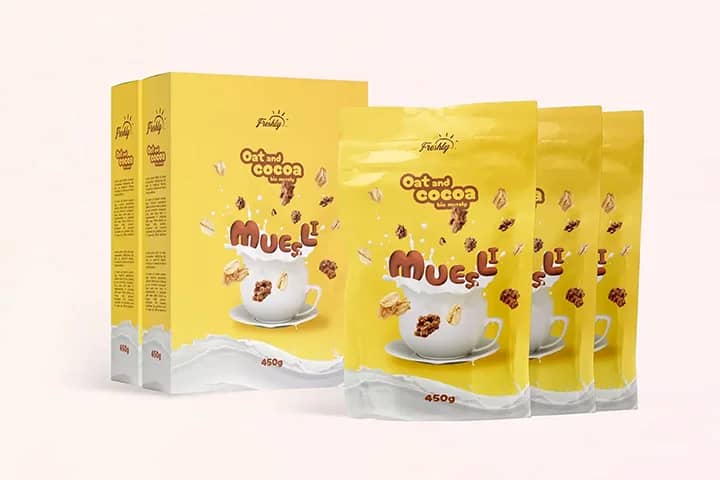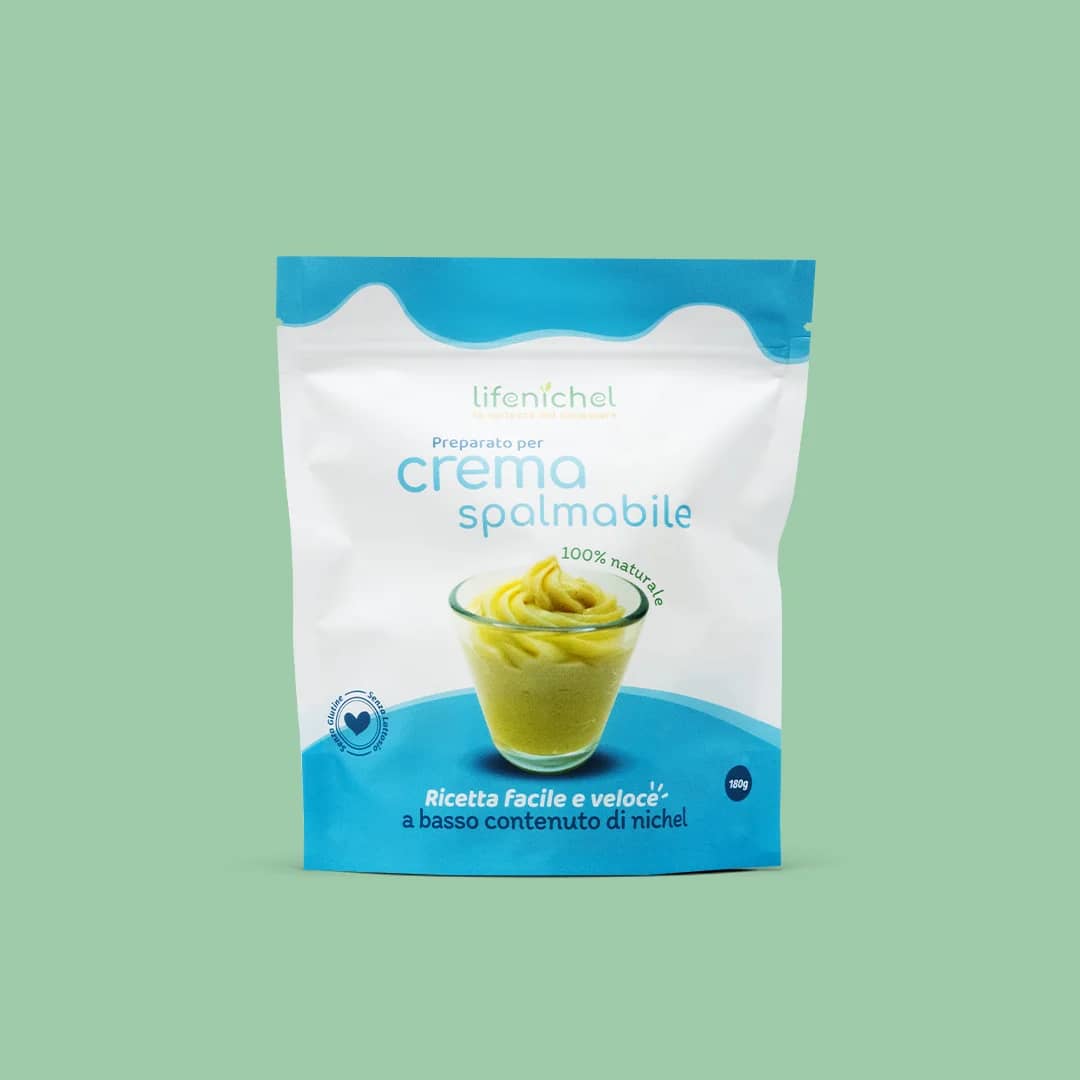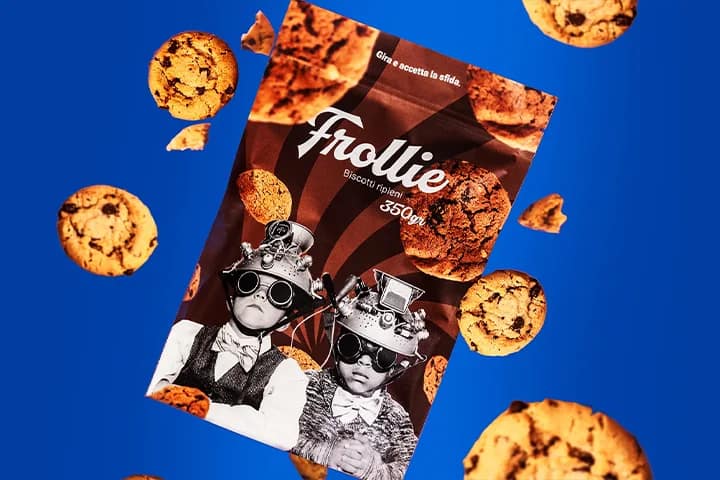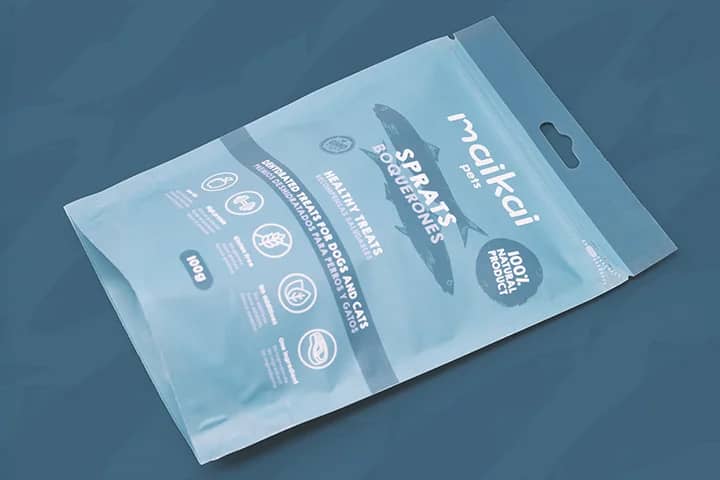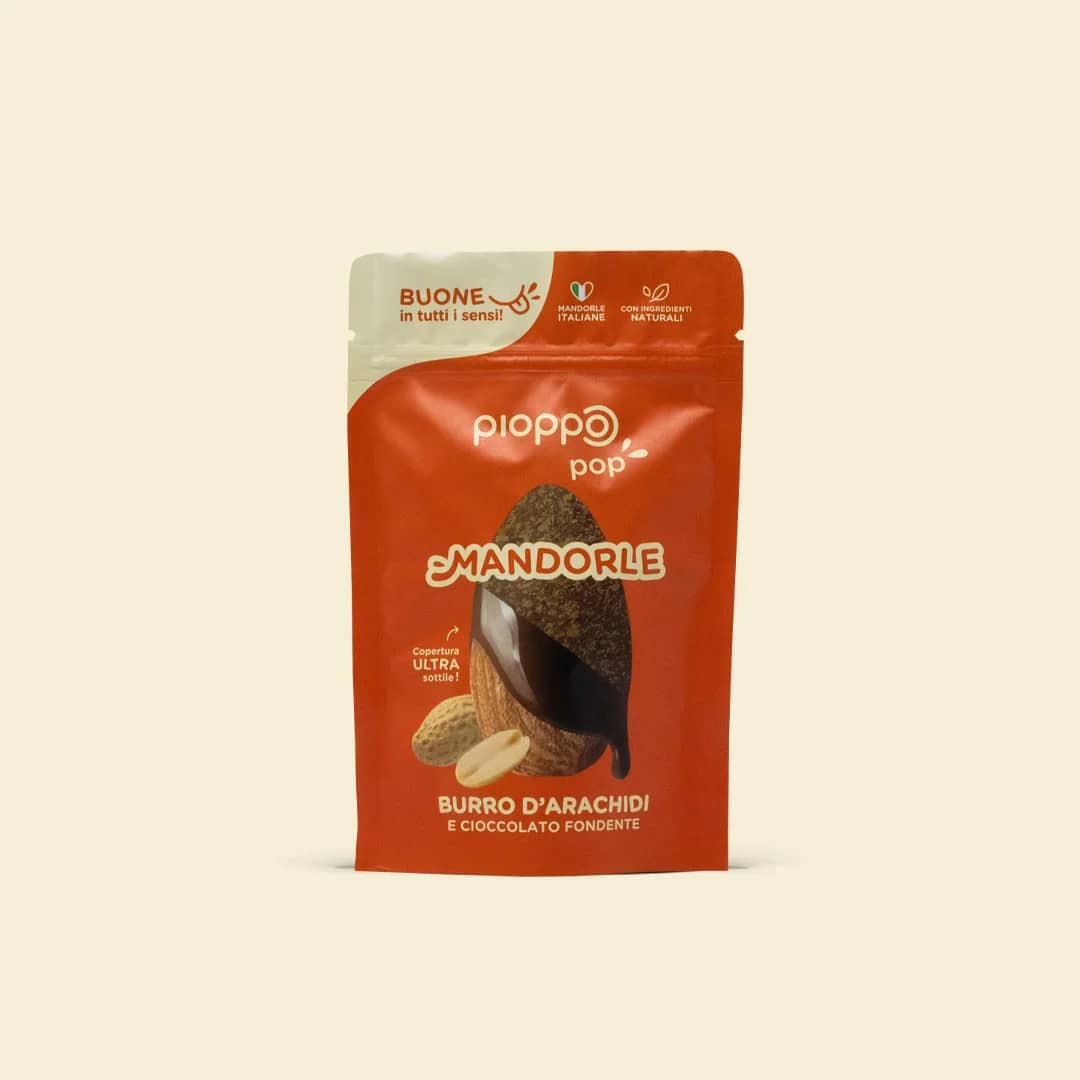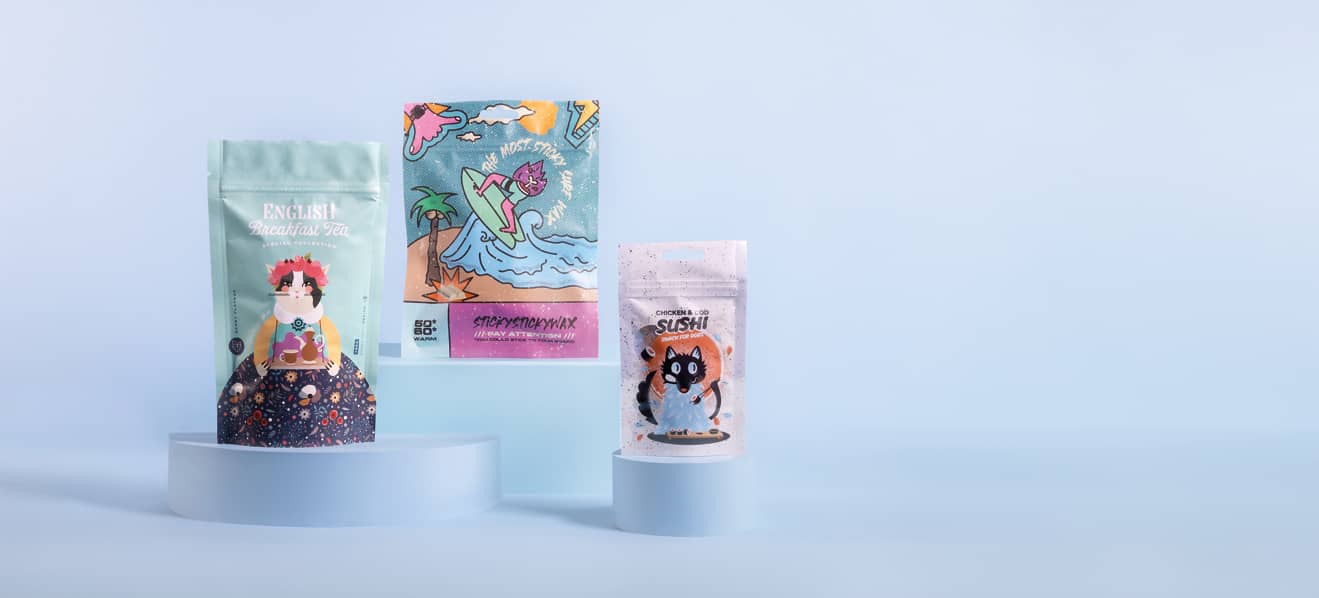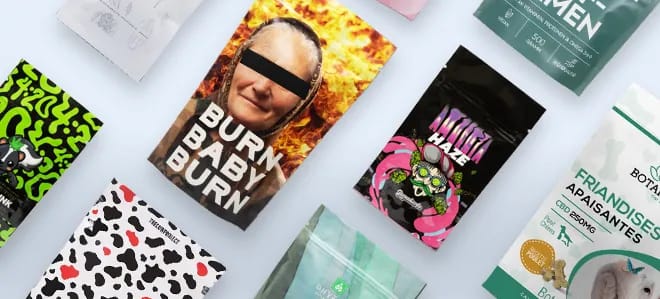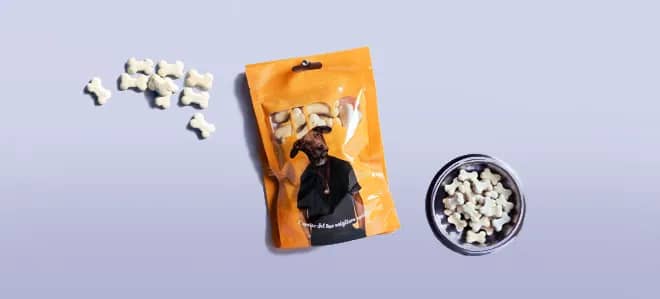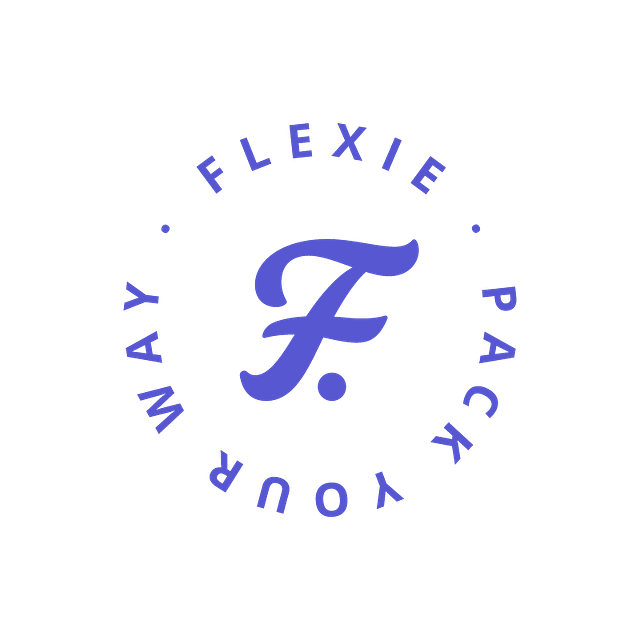Packaging is an essential element in the food sector. As well as playing a fundamental role in the preservation, protection and presentation of products, it is also the main means of communicating brand identity and the characteristics of the packaged product. There are many types of packaging in the food sector, the most traditional of which are rigid packs, in glass, cardboard or tin, which offer good protection but can be bulky and unsustainable.
Innovative food packaging: the value of packaging in the food industry
Regardless of the type of pack used, there are some basic characteristics required for food packaging to be considered effective and innovative:
Protection: good resistance against external agents, such as oxygen and moisture, which could alter the quality of the food.
Resistance: quality food packaging should also be able to guarantee a high level of safety for product preservation during transport and storage.
Reusability: to facilitate consumption and reduce waste, food packaging should also be easy to open and re-seal.
Flexible packaging: why is it an innovative type of food packaging?
Flexible packaging has proven to be an innovative option in the food sector, offering a viable alternative to the traditional packs used so far. In fact, flexible packs offer numerous advantages in logistical, economic and commercial terms, including:
Sustainability: Flexible packaging is sustainable in that it requires less material to be produced than traditional packs, helping to reduce resource consumption and waste production. It is also possible to produce flexible packaging using 100% recyclable materials with the aim of producing sustainable packaging that reduces the volume of waste, promoting environmentally friendly behaviour.
Reduced occupied space: flexible packaging offers numerous advantages in terms of space. For the same ampount of packaged product, lightweight and flexible pouches reduce transport and storage space, optimising logistical efficiency and reducing transport costs.
Versatility: flexible packaging easily adapts to the shape and size of food products, making it suitable for a wide range of items, allowing easy handling of several different product lines.
Reducing food waste: thanks to improved food preservation and the possibility of re-sealable pouches, flexible packaging contributes to reducing food waste and extending the shelf life of products.
Marketing and customisation: flexible packaging is establishing itself as a marketing tool by transforming packaging into an integral part of the brand narrative. Indeed, modern custom printing technologies combined with flexible packaging allow companies to differentiate themselves from the competition and convey their message in a unique and engaging way. The focus on branding and design makes this type of packaging innovative in the food market, as it succeeds in transforming a common product into a memorable shopping experience, capturing customers’ attention and fostering brand loyalty.
Flexible packaging can be a value-adding choice for the company
In conclusion, food packaging plays a crucial role in the food industry, not only ensuring the protection and preservation of products, but also becoming a powerful communication tool for the brand. Consequently, in an ever-changing market, the choice of flexible packaging proves to be a winning strategy.

